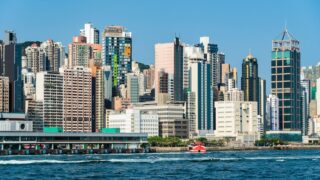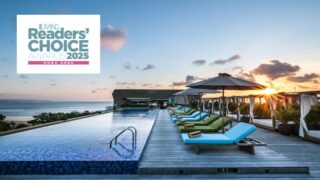Historical buildings in Hong Kong? If you look down from The Peak, you’d be forgiven for thinking that none exist! In fact, the city is teeming with landmarks from an earlier age, from administrative structures that have been repurposed for fab food and shopping venues, to quirky towers, apartment blocks, marketplaces and more. Here’s our list of some of the best to explore.
Hong Kong Island
#1 Blue House
Named for the vibrant shade of its external walls (which was used simply because the builders had no other colour of paint available!), Blue House is a four-storey tenement block in Wan Chai. One of the few remaining examples of the “tong lau” balcony type in Hong Kong, it’s been listed as a Grade I historic building, and has won awards for cultural preservation. The structure has undergone several renovations since its opening in the 1870s, when it served as the first Wah To Hospital, later becoming a martial arts studio. It still serves as a tenanted residence today, with 20 apartments.
72-74A Stone Nullah Lane, Wan Chai
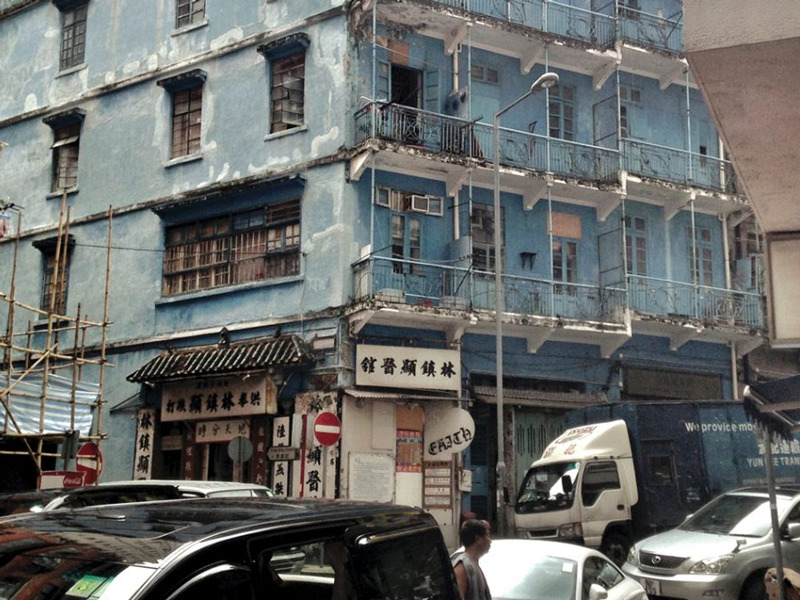
#2 Tai Kwun
An ambitious HK$3.8 billion project to revitalise the Central Police Station saw the opening of the Tai Kwun Centre for Heritage and Arts in 2018. Tai Kwun, which translates as “big station”, was the name used for the former police HQ complex, dating back to 1864. The 16 buildings in the complex were listed as Declared Monuments in 1995. During the restoration, original materials were retained wherever possible, while two new buildings were designed to be sympathetic to the site’s heritage. Today, you can take in the colonial architecture in all its glory, or enjoy all the cultural and lifestyle offerings in the centre, from the Ashley Sutton-designed cocktail lounge Dragonfly to a Vivienne Tam store and more.
10 Hollywood Road, Central

#3 The Court of Final Appeal Building
Also known as the Old Supreme Court Building, this is one of the most distinctive landmarks in Central, and a welcome break for the eyes from all the surrounding high-rises. Built in 1912, the two-storey granite neoclassical building is a designated monument. Its striking components include the ionic columns that support it, a 2.7m blindfolded statue the Greek goddess of justice and law, Themis, and a pediment with a carving of the British Royal Coat of Arms above it. Today, you can attend court sittings and get a tour of the building.
8 Jackson Road, Central
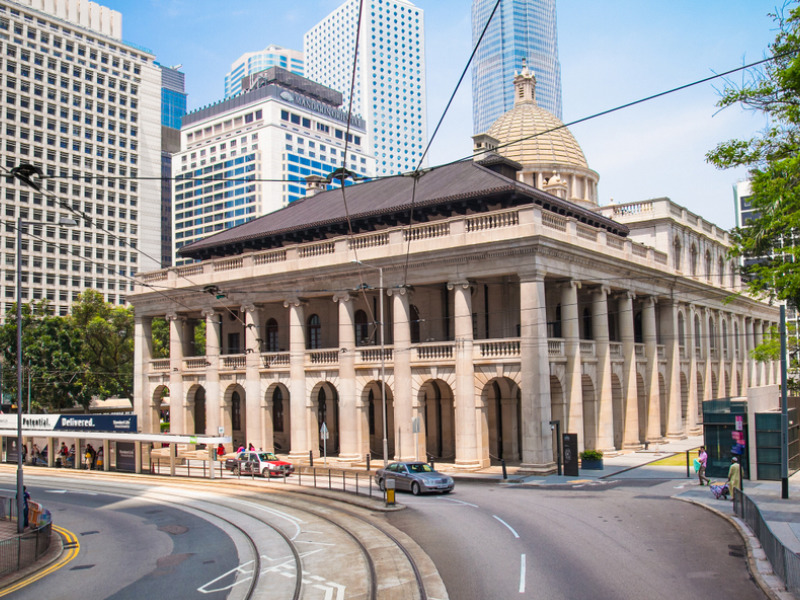
#4 Western Market
The Western Market, built in 1906 on a site dating back to 1844, is the oldest market building in the city. Having undergone renovations in 1991, it was converted into a shopping centre filled with stores selling art pieces and fabrics. The Edwardian-style architecture of the building features bandage-style exteriors of red brick. Sturdy materials such as cast-iron structural columns, steel roof trusses and local quarried granite ensured its survival.
323 Des Voeux Road Central, Sheung Wan
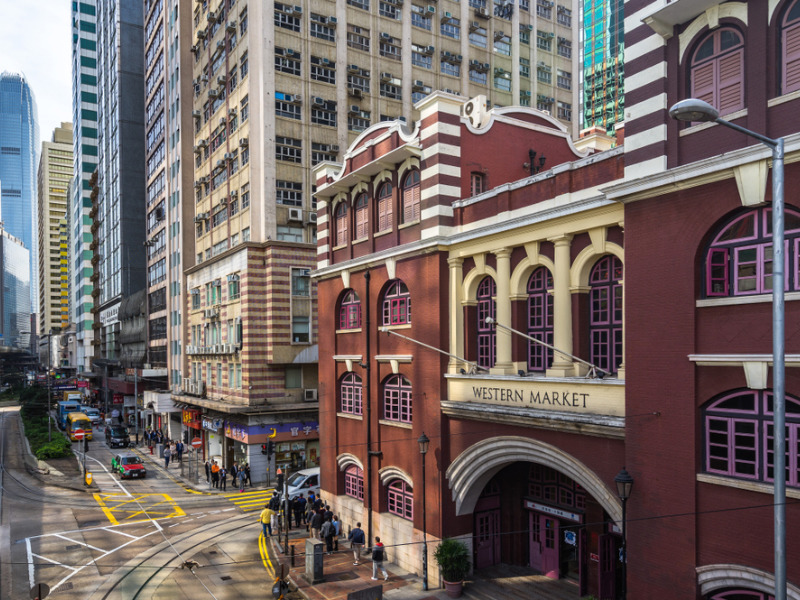
#5 PMQ
Today, it’s a thriving creative hub of studios, shops and offices, but PMQ began life as Hong Kong’s first government primary and secondary school, the Central Government School. Originally on Gough Street, it was relocated to the current Hollywood Road spot to accommodate more students, and then renamed Queen’s College in 1894. Among the notable alumni are the founder of modern China, Sun Yat-sen. After its destruction during the Japanese occupation of 1941, the building was resurrected in 1951 as the Police Married Quarters – 168 rooms to house married police staff from the nearby Central Police Station (see Tai Kwun, above) and their families. It reopened as PMQ in 2014.
35 Aberdeen Street, Central
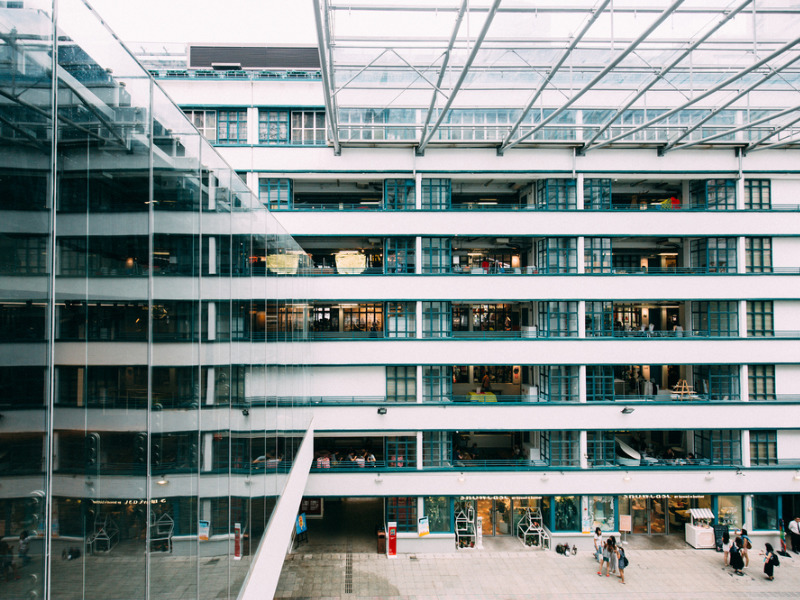
#6 Murray House
One of Hong Kong’s oldest surviving public buildings, Murray House today features prominently in the Stanley landscape, but it wasn’t always in its current spot. The original building dates to 1844 and served as the officers’ quarters of the Murray Barracks in Central. It was dismantled in 1982 into 3,000 labelled pieces, and finally put back together in the early 2000s on the opposite side of Hong Kong Island, in Stanley. Today, it’s home to shops and restaurants, many with great sea views.
96 Stanley Main Street

KOWLOON
#7 The Peninsula
This building dates back to 1928, when it opened as the first hotel with the Peninsula branding. It was founded by the prominent Kadoorie family, wealthy Brits who were originally Mizrahi Jews from Baghdad. The Peninsula quickly made a name for itself as a place for dignitaries to say while in the East; among the early guests was Charlie Chaplin. It played a role in the Second World War as the location of the British Governor of Hong Kong’s surrender to Japanese forces. The hotel’s famed Rolls Royce fleet – which was fully upgraded in 2006 – gets a mention in the James Bond film The Man with the Golden Gun (1974).
Salisbury Road, Tsim Sha Tsui
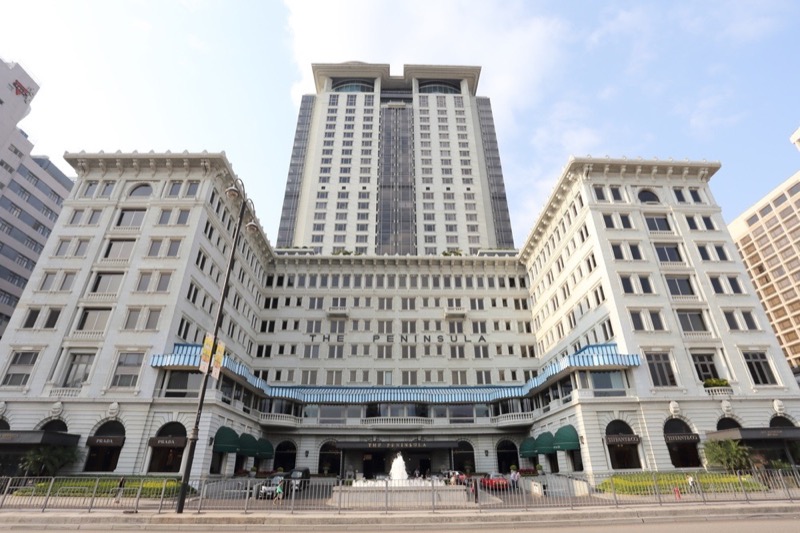
#8 Tsim Sha Tsui Clock Tower
Need an ideal (and prominent) spot in TST to meet up for shopping or lunch? The Clock Tower should do the job. This 44-metre red-brick-and-granit tower (topped by a 7m lightning rod) is the only surviving feature of the original Kowloon Station (1915), part of the Kowloon-Canton Railway. While it’s possible to climb an internal wooden staircase to the top of the tower, the site – a declared monument since 1990 – is currently closed for maintenance. Only 100 metres away is another renowned tower, the “time ball tower” of the Former Marine Police Headquarters (now 1881 Heritage). A large visible ball on top of the structure would drop at midday each day to enable sailors to verify their instruments. The apparatus was removed from the tower in 1907. This is an interesting area to meander around, and there are some great restaurants to stop at.
Salisbury Road, TST
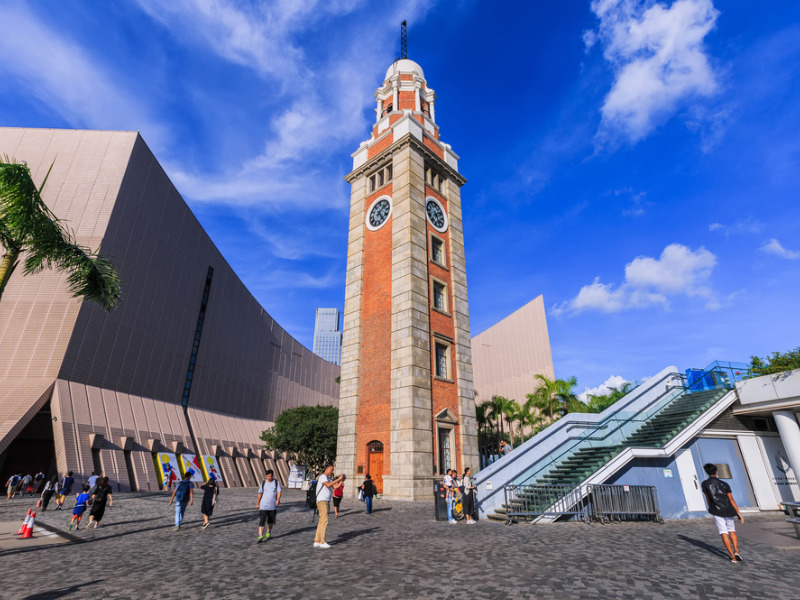
#9 Kowloon Walled City Park
This historic park serves as a reminder of the Kowloon Walled City, which acted as a military stronghold from the 15th century on account of its strategic coastal location. The location is more famous, though, for the incredibly densely populated (and relatively lawless) “squatter” accommodation that developed here from the 1950s through to the 1990s. A block measuring just 213 by 126 metres was home to as many as 50,000 people. Following its demolition, the Park opened in 1995, with some buildings and features of the original site preserved, including the yamen, or administrative office, and the Old South Gate.Kowloon City
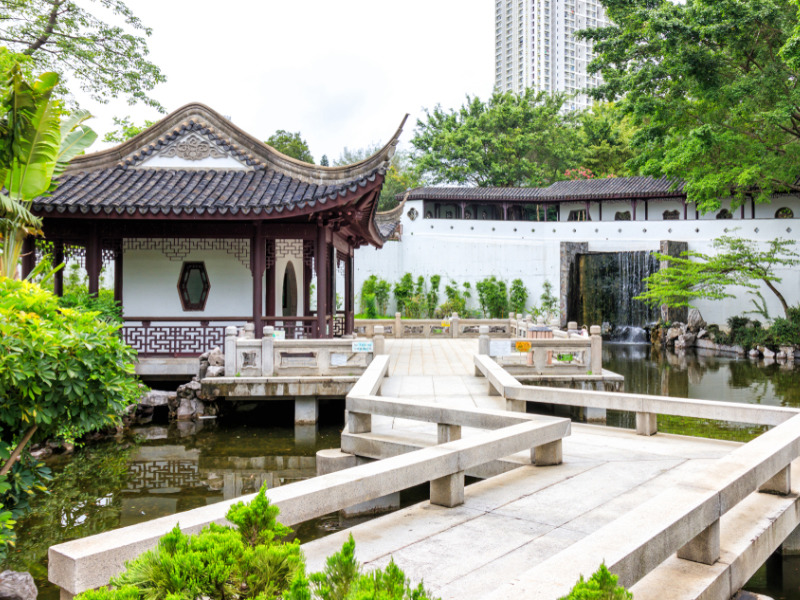
#10 Former North Kowloon Magistracy Building
Constructed in 1960, the North Kowloon Magistracy Building served as a courthouse for over three decades before it was abandoned in 1992. In recent years, there have been efforts to preserve and repurpose the building and it has been designated as a Grade III historic building by the Hong Kong government. The particular neo-classical style of the building is rare in Hong Kong.
292 Tai Po Road, Sham Shui Po
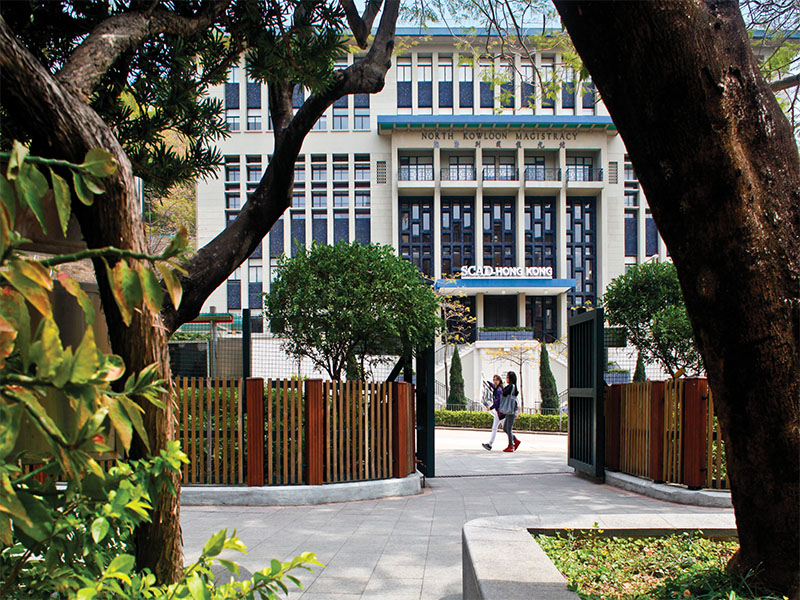
Liked this article on historical buildings? For more great info on life in Hong Kong, head here.




